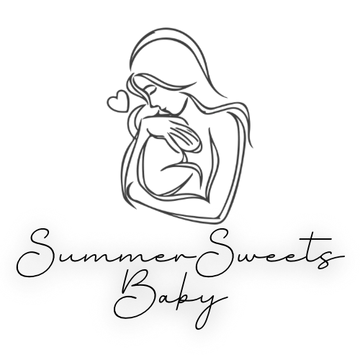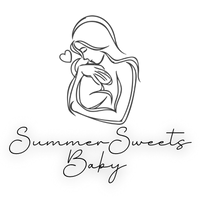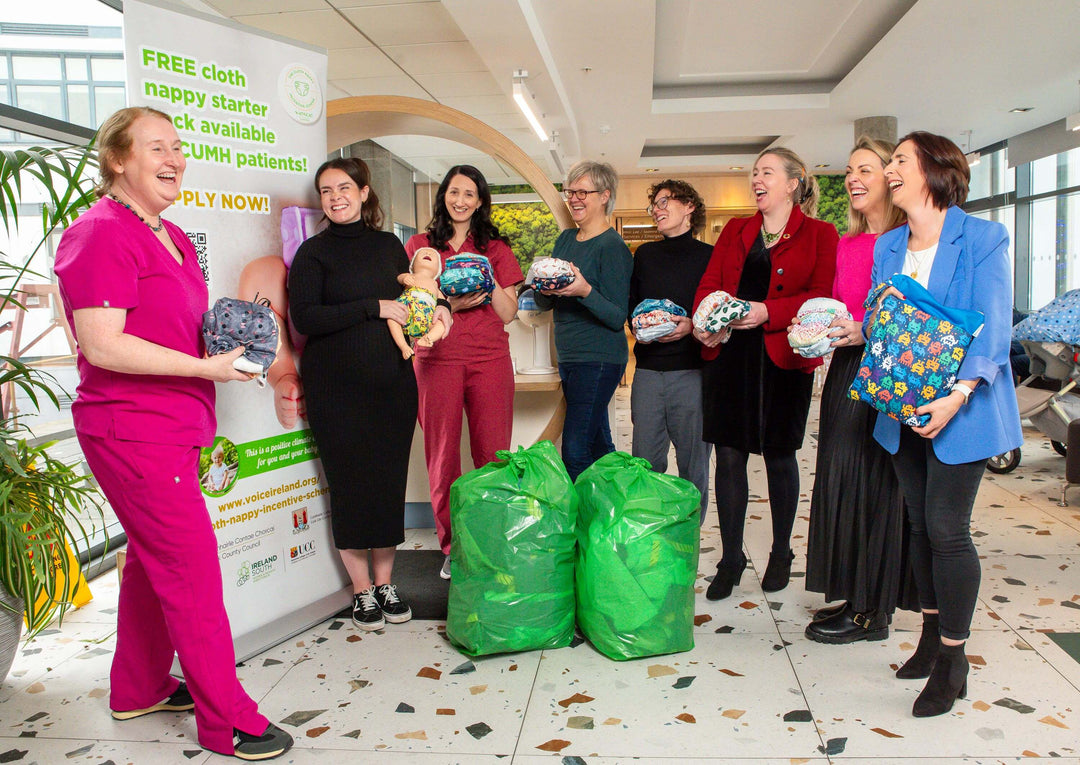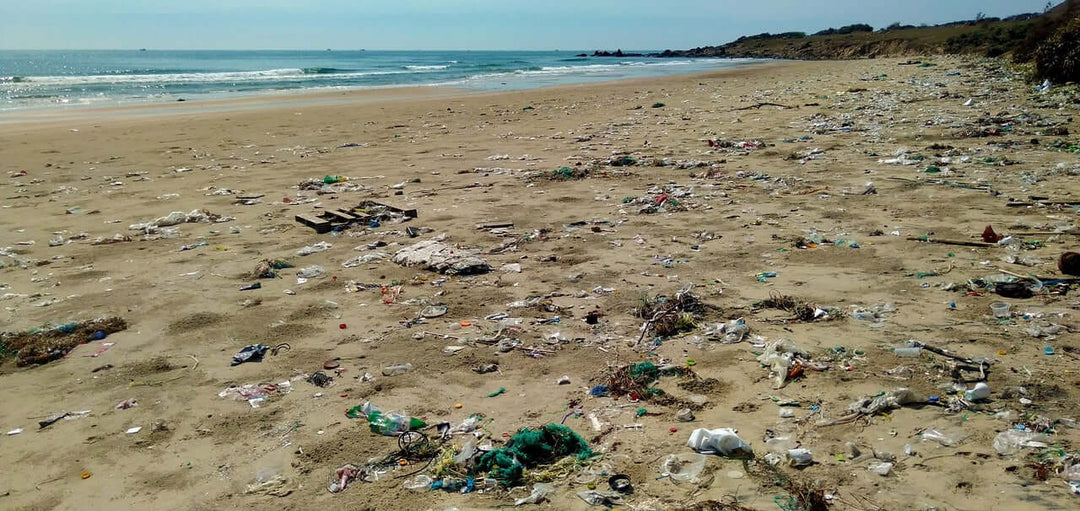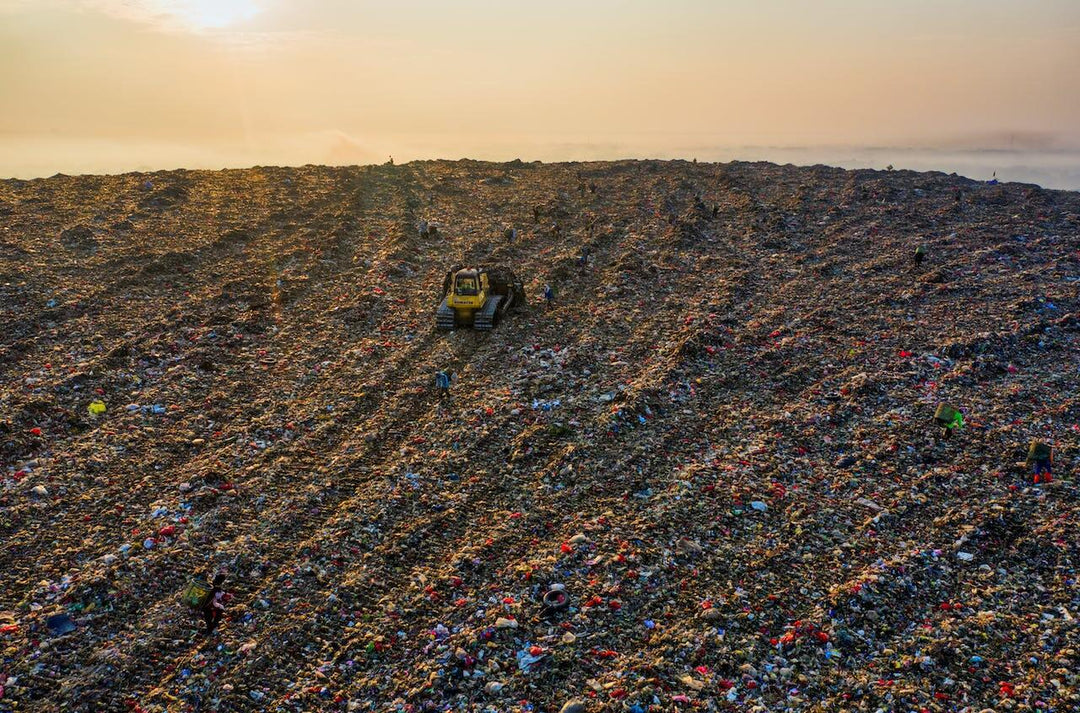Nappy Guide: Flat Nappies
What Are Flat Nappies?
Flat cloth nappies, also known simply as "flats," are a traditional and versatile option for using cloth nappies. They are a single layer of fabric that can be folded and fastened around a baby's bottom or simply folded and placed inside of a nappy. They are not waterproof as they are the absorbent material that will soak up liquid in a two part nappy system.

Features of Flats
Flats are the most basic type of cloth nappy, and have been used for centuries. Unlike fitted nappies, flats do not have snaps or hook and loop closures. Most commonly, they are found in a birdseye weave as it has excellent absorption properties.
Flats are very versatile and can be folded in a variety of ways to fit babies of different sizes and shapes. See our blog post on some popular ways to fold flats. If you choose a fold that will fit around your baby's waist, you will need to fasten it in place by using nappy pins or a nappy fastener. Another option to make using flats easier is to simply padfold the nappy by folding over and over until it becomes a rectangular shape (and is about the same width and length as your cloth nappy cover or pocket nappy).
Flats are most commonly made from natural fibre materials such as cotton, organic cotton, bamboo, bamboo cotton, hemp, and combinations of these materials. Each material has different absorption rates so you can choose what works best for your baby.

What Are the Pros and Cons of Choosing Flat Nappies?
Pros:
- Cost-effective: Flats are typically less expensive than other cloth nappy absorbency options, making them a great budget-friendly option.
- Easy to clean: Because they are a single layer of fabric, flats are simple to wash and and dry extremely quickly.
- Versatile: Flats can be folded in a variety of ways to fit babies of different sizes and shapes. They can also be used as burp cloths, cleaning cloths, and more once baby potty trains. See our folding guide here.
- Customisable: Flats can be paired with a variety of nappy covers, such as your normal PUL or TPU covers as well as wool or fleece, to provide different levels of absorbency, protection, and comfort for your baby.
- Eco-friendly: Reusable cloth nappies, like flats, are a sustainable alternative to disposable nappies which can take hundreds of years to decompose.
Cons:
- Less absorbent: Because they are a single layer of fabric, flats may not be as absorbent as other options, which may require more frequent changes or may require the use of a nappy booster.
- Ease: Flats can require folding and fastening, which can be more time-consuming and difficult than other options. You can simply pad fold them if you find it too finicky.
- Wetness: As they are made from all natural fibres, they allow your baby to feel wetness. This is great come potty training, but if your baby is sensitive to wetness, you may require nappy liners to help your baby feel nice and dry.
In conclusion, flats are a traditional and cost-effective option to choose when using a two part system. They are easy to clean, versatile, customisable, and eco-friendly. However, they can be less absorbent and require folding and fastening. They are easy to boost if you find it necessary and can be made to feel stay dry against your baby. They do require nappy covers or to be pad folded inside of a pocket nappy to keep your baby leakproof.

